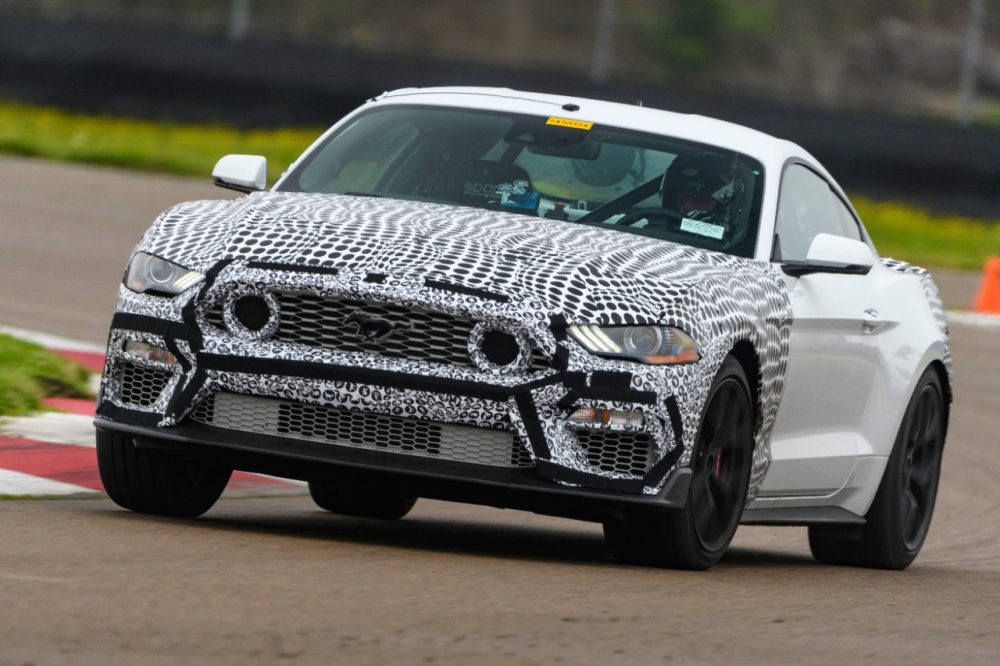How Does Car Camouflage Prevent Spy Shots During Testing?
If you’ve ever seen that black-and-white, swirled camouflage wrap on a car being test-driven — or photographed in spy shots — you’ve probably wondered how the checkerboard pattern works. Does this psychedelic cover really camouflage vehicles, or does it do the opposite and draw attention? Wouldn’t a normal-looking car draw less attention on the road than one resembling a zebra?
Interested in Owning an Electric Car? Make sure you consider these factors first…
Why the camo design?
Contrary to what it sounds like, the purpose of these printed patterns isn’t to camouflage the car itself but rather to obscure specific details of the model — its lines, curves, grille, headlamps, etc.
That way, when the vehicle is officially revealed to the public and ready for production, its design is a surprise. This helps prevent backlash/bad press over unfinished elements on prototypes and tipping off competitors. Thus, the details about the model are what’s a secret, rather than the fact the vehicle itself is out being tested.
So why don’t automakers just use a plain wrap instead of a design that seems to scream, “Look at me! I’m a special prototype you shouldn’t be seeing!”
How does the wrap work?
Most automakers utilize a vinyl application with black-and-white designs (though some use grey or blue) to hide the shape of their vehicle-in-testing, which is also called a “mule.”
As explained by Auto Guide, the psychedelic, swirled designs are carefully applied to a vehicle’s body to hide — and virtually erase — any defining character lines and key attributes. When photographed, the patterns essentially “flatten” the vehicle’s shape, masking the contours so the wrap can’t be removed by image-rendering software.
However, some photographers contend that the high-contrast black and white designs are actually easier for a camera to focus on and capture in motion. That’s why in some cases, instead of a thin plastic film, some automakers put a polyester cover on the car.
In addition to being more durable yet still lightweight, polyester wraps are typically pure black because the shade absorbs infrared light from cameras’ auto-focus, making capturing a clear image difficult. That’s why black wraps work especially well at night.
According to an article by Autoblog, adding fake body panels and foam/bubble wrap lumps underneath the wrap further distort the shape of the vehicle, as do dummy headlamps when testing during the day.
This is all hard work done by clever engineers who’re tasked with crafting an effective camo covering for every new or redesigned model.
Want to Make Your Old Car Feel Like New? These simple tech upgrades will do the trick
Aaron is unashamed to be a native Clevelander and the proud driver of a Hyundai Veloster Turbo (which recently replaced his 1995 Saturn SC-2). He gleefully utilizes his background in theater, literature, and communication to dramatically recite his own articles to nearby youth. Mr. Widmar happily resides in Dayton, Ohio with his magnificent wife, Vicki, but is often on the road with her exploring new destinations. Aaron has high aspirations for his writing career but often gets distracted pondering the profound nature of the human condition and forgets what he was writing… See more articles by Aaron.


